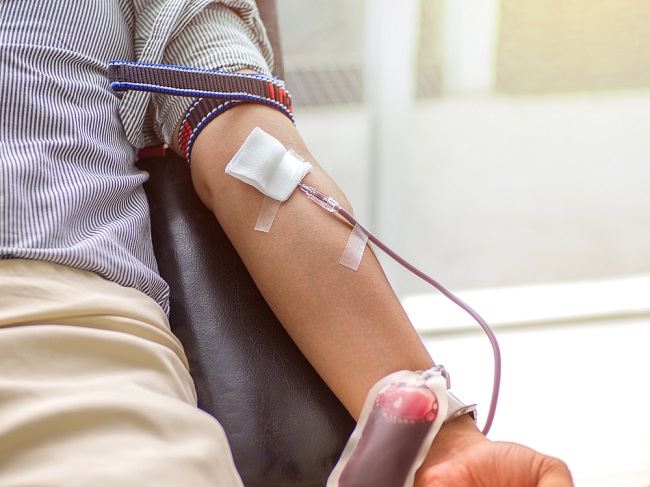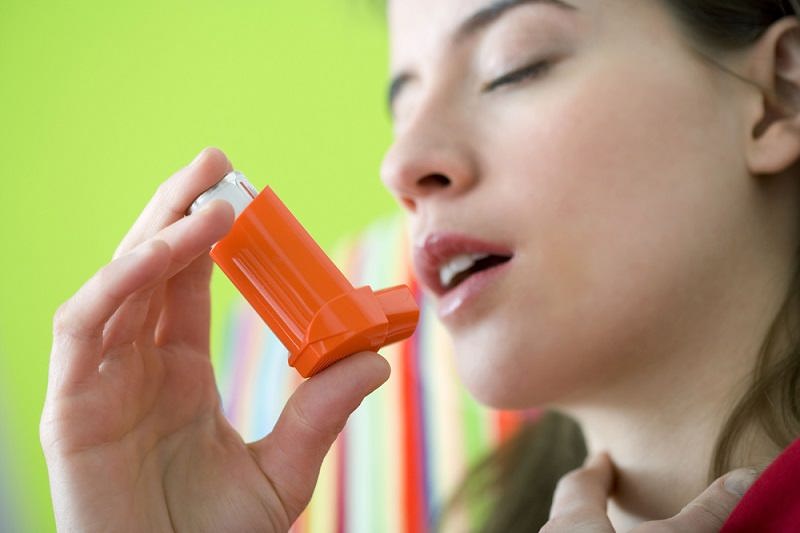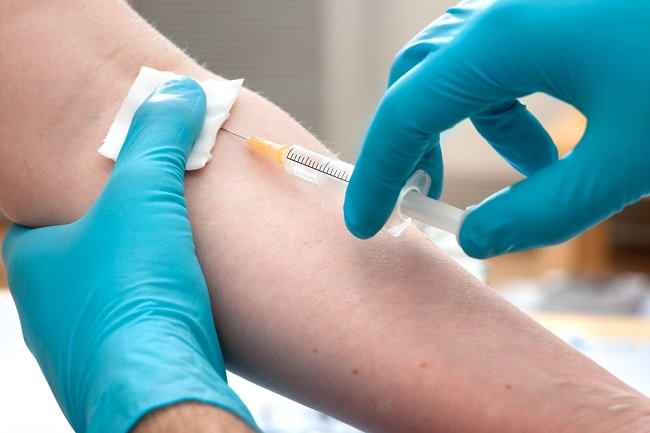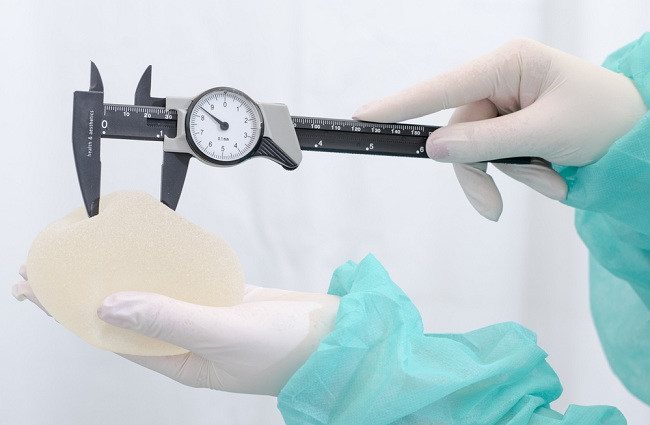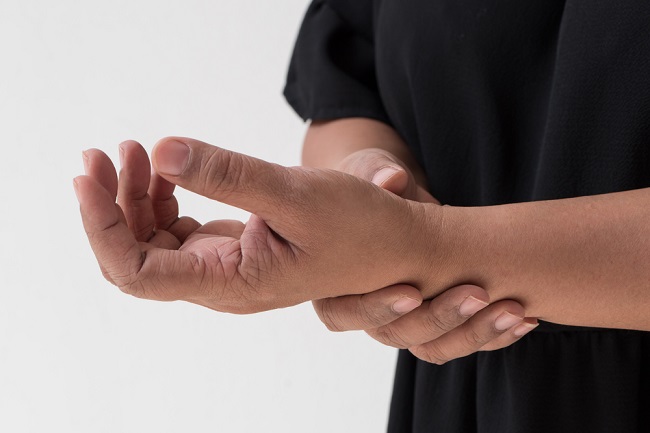It is important for us to always protect the body from ultraviolet rays, especially parts of the body that are often exposed to sunlight. The reason is, excessive exposure to ultraviolet light can damage body tissues, and even have the potential to cause certain health problems.
In sufficient quantities, ultraviolet (UV) rays from sunlight are actually needed by the body to help stimulate the formation of vitamin D. This vitamin plays an important role in maintaining healthy bones, teeth, and muscles and supports the strength of the body's immune system.

On the other hand, excessive exposure to UV rays is actually not good for health because it can trigger skin damage, premature aging, and even skin cancer, such as melanoma.
Body Parts That Need to be Protected from Ultraviolet Rays
There are 3 types of ultraviolet radiation, namely UVC, UVB, and UVA. UVC rays are harmless, because these rays are completely absorbed by the atmosphere so they cannot reach the earth's surface.
Meanwhile, UVB rays are rays that can reach the earth's surface, but are only able to hit the outer layer of the skin, and UVA rays are the longest UV rays that can penetrate to the middle layer of the skin.
Given that UVB and UVA rays can reach and even penetrate the skin's surface, you need to be aware of the dangers of ultraviolet rays to your health. Therefore, you need to protect the following parts of the body from exposure to ultraviolet rays:
1. Eyes
The eyelid reflex to blink is an attempt by the body to protect the eyes from various causes of interference, including exposure to ultraviolet light that is too hot or too bright. Exposure to ultraviolet light in the eyes can cause the eyes to feel sore, watery, gritty, and interfere with vision.
In the long term, excessive sun exposure to the eye can cause the eye to develop various diseases, such as inflammation of the cornea (photokeratitis), inflammation of the conjunctiva or the inner lining of the eyelids (photoconjunctivitis), cataracts, pterygium, and eye cancer.
To protect your eyes from exposure to UV rays, you can use sunblock with an SPF of at least 30 specifically for use on the eyes, and wearing sunglasses and a wide hat.
2. Face
Facial skin that is not properly protected from exposure to ultraviolet light can cause damage to the elastin fibers in the skin. That is why, facial skin that is often exposed to ultraviolet light can trigger signs of premature aging, such as dark spots, dry, rough skin, and facial wrinkles.
In addition to showing signs of premature aging, some skin problems or conditions that can be caused by exposure to ultraviolet light include:
- Sunburn or burning skin, such as redness, blistering, and peeling
- Skin cancer (melanoma) and precancerous lesions (actinic keratosis)
- Black or brown spots and blemishes on the skin (melasma)
- Telangiectasia, which is the dilation of small blood vessels under the skin
3. Ear
This part of the body is still quite rarely protected from sun exposure. In fact, just like facial skin, excessive exposure to UV rays can also cause ear skin to be exposed to various diseases, ranging from sunburn, actinic keratosis, to cancer.
To protect your ears from exposure to UV rays, you can apply sunscreen or sunblock in the ear canal and the skin around the ear, and wearing a hat that protects the ear from the sun.
4. Neck
The part of the body that is also important to be protected from ultraviolet rays is the neck. This is because the skin on the neck is one of the most common areas exposed to ultraviolet light and is very susceptible to damage from excessive exposure.
To protect the neck skin from UV rays, regularly apply sunscreen with an SPF of at least 30 all over the neck, including the sides and back of the neck. In addition, you can also wear a wide hat or clothes that cover the neck as extra protection in the neck area.
5. Back
The back is part of the body that is often overlooked to be protected from ultraviolet rays. In fact, this part is one area of the body that is quite at risk for melanoma skin cancer.
This condition can be characterized by the appearance of lumps or patches that are reddish or black in color and quickly expand or enlarge.
That's why it's so important to apply sunblock to the entire surface of the skin, including the back, especially during outdoor activities, such as swimming, playing at the beach, or sunbathing.
In addition to some of the body parts above, don't forget to protect other body parts from exposure to ultraviolet rays, such as lips, upper chest, hands, and feet.
Tips for Protecting the Body from Ultraviolet Rays
If you often do outdoor activities, exposure to ultraviolet rays from the sun may not be completely avoided. However, there are several ways you can do to protect the body from the dangers of ultraviolet rays, including:
- Apply sunscreen with an SPF of at least 30 to your face and body, then reapply every 1 or 2 hours or when you sweat a lot.
- Avoid applying sunscreen along with other ingredients, such as lotion, to maintain the effectiveness of the sunscreen.
- Avoid or limit direct sun exposure between 10 a.m. and 4 p.m.
- Wear dark clothes and clothes that cover your arms and legs when outdoors, if possible.
The sun really doesn't have to be completely avoided. As previously explained, sunlight is also useful for stimulating the body's natural vitamin D formation.
To get the benefits of sunlight and prevent its bad effects, you can sunbathe under 10 am for 10-15 minutes, 3 times a week.
Apart from sunlight, you can also meet your vitamin D needs from foods, such as salmon, sardines, meat, and eggs, or by taking vitamin D supplements as recommended by your doctor.
Well, those are various parts of the body that are important for you to always protect from exposure to ultraviolet rays. If you often spend time in the sun and have certain complaints due to excessive exposure to ultraviolet light, don't hesitate to consult a dermatologist, OK.
